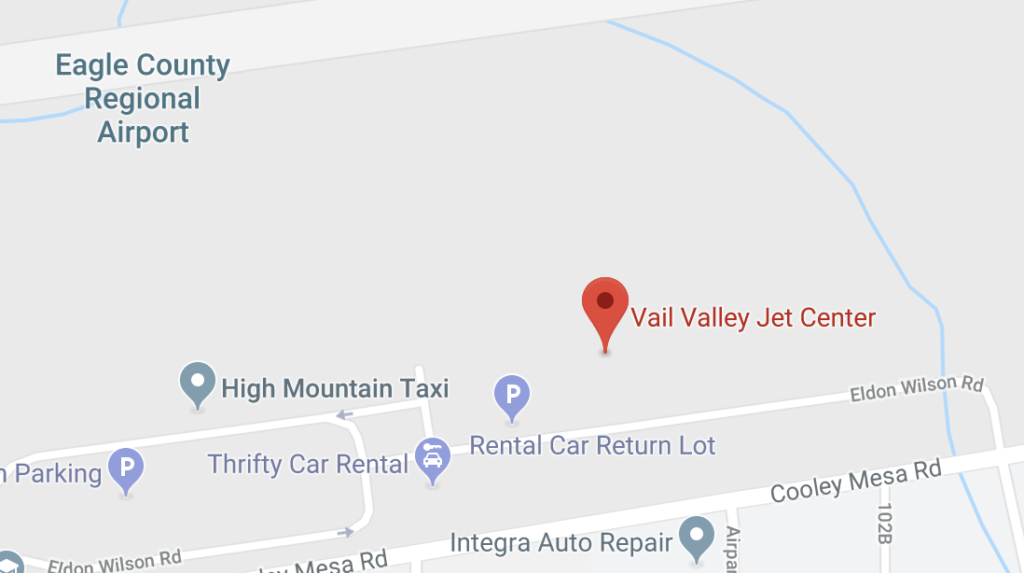Stall / Spin Training
Thoughts on spin training and unusual stalls.
Yesterday I flew with a pilot to conduct a flight review. We had a discussion about stalls and spins and why understanding the nature of a spin was so important. He was flying a Cessna 210 and one of his comments was basically that he thought he would have to screw up pretty bad to enter a spin. In actuality that’s not the case – inadvertent spins commonly occur as a result of an overshoot of final and entry to a cross-controlled stall on the base to final turn. In addition to that common recipe, there are others include flying a given attitude on departure rather than a speed. Hot day, heavy load, bingo… full power-on stall during climb out, add a climbing turn that’s a little uncoordinated and you’ve got all the ingredients for a spin entry.
I can distill all my thoughts on unintentional spins into one statement…..
If you learn good rudder control and always keep the flight controls coordinated unintentional spins will not occur. (Coordinated means the ball in the center)
Same topic, changing ideas…
This morning NAFI sent me a survey – they sent it to all flight instructors regarding spin training. The survey asked questions about our own spin experience and how we teach spins, and stalls.
The survey is good; it’s a good topic worth researching. Several questions on the survey peaked my interest….
Does fear of entering a spins prevent you from teaching certain types of stalls?
Do you get uncomfortable about teaching stalls for fear of spins?
I answered yes to both questions, but my answer was based on considering all the different types of aircraft I teach in.
If I’m teaching in a Seneca I don’t ever want to even come close to a spin – I can’t be sure the aircraft would recover. If it did I wouldn’t know how much altitude it would take. Manufacturers of twins don’t need to show spin flight characteristics to get the craft certified. So they don’t. If Piper wasn’t willing to test that, why should I be willing to?
On the other hand, if I’m teaching in a Katana or a 172 then I wouldn’t hesitate to drill every type of stall over and over, and even fly the plane well beyond the initial indication of stall. – Because I know I can recover from the stall and spin without problem!
Conclusions…
I believe that it’s important for every pilot to understand the aerodynamics of a spin, the causes, and how to recover. Pilots need to practice cross-controlled stalls, accelerated stalls, secondary stalls, power on, off, dirty, clean, and turning stalls. End of story… pilots need to know this stuff.
That doesn’t mean all these things need to be taught in every different aircraft. My personal rule – if the aircraft isn’t certified for spins then I don’t go beyond power on and power off stalls. If the craft is certified for spins then we do it all, cross-controlled stalls, accelerated stalls, secondary stalls, turning stalls, spins.
So my recommendation to all pilots is that you learn and practice these maneuvers occasionally. That doesn’t mean in your Bonanza, Baron, or Seneca, get an aircraft certified for the spins and then if the cross-controlled stall becomes a spin – no biggie.
If you need an aircraft or instructor willing to tackle these topics, come see me and we’ll fly use my Katana!


